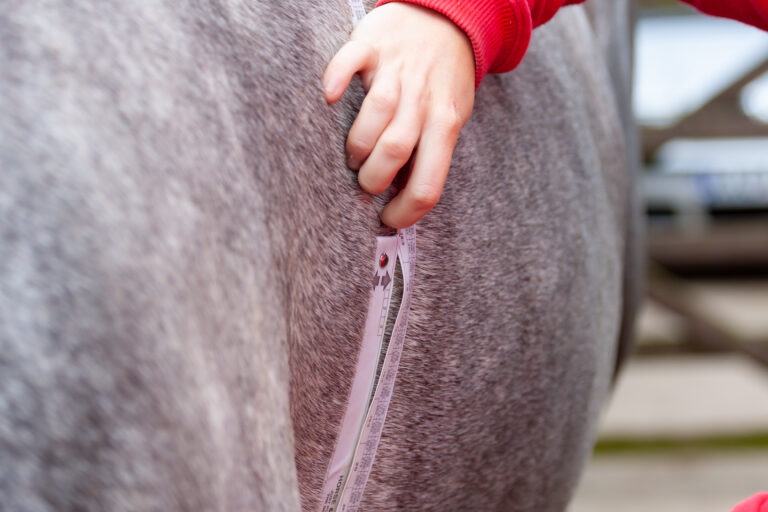
Equine practitioners are pretty much wedded to their smart phones and tablets as tools to keep track of appointments, emergency pages, patient medical information, regulations and so much more. It is easy to assume that all the finger swiping and typing (especially with unwashed hands) has little potential to serve as a contamination fomite with infectious material transferred between the veterinarian and patient. Such casual use of a device so integral to equine practice often means there is little to no effort to decontaminate devices between uses.
A British study at the University of Bristol small animal hospital reviewed the effects of 85% (41/48) staff members daily use of a portable electronic device (PED) [Vinall, G.; Cogan, T., et al. Staphylococcal bacterial contamination of portable electronic devices in a large veterinary hospital. Journal of Small Animal Practice, vol. 62, issue 4; pp. 253 – 256].
Staphylococcal species were identified on 68% of PDEs. Over a third of isolated colonies were resistant to vancomycin and oxacillin. More than one type of bacteria contaminated over 92% of PEDs. In this study, 54% of staff cleaned their PEDs with disinfectant—of these, 21% cleaned them weekly or daily. Yet, 44% never cleaned their devices at all.
The authors conclude: “This study demonstrates that PEDs have the potential to become contaminated with harmful organisms. With the rise of antimicrobial resistance, a substantial issue in both the medical and veterinary professions, opportunities for such resistance must be reduced. Disinfection at least once a day is recommended using an antimicrobial wipe or spray, ensuring all surfaces have had sufficient contact.”

![[Aggregator] Downloaded image for imported item #18782](https://s3.amazonaws.com/wp-s3-equimanagement.com/wp-content/uploads/2025/11/03125751/EDCC-Unbranded-13-scaled-1-768x512.jpeg)


